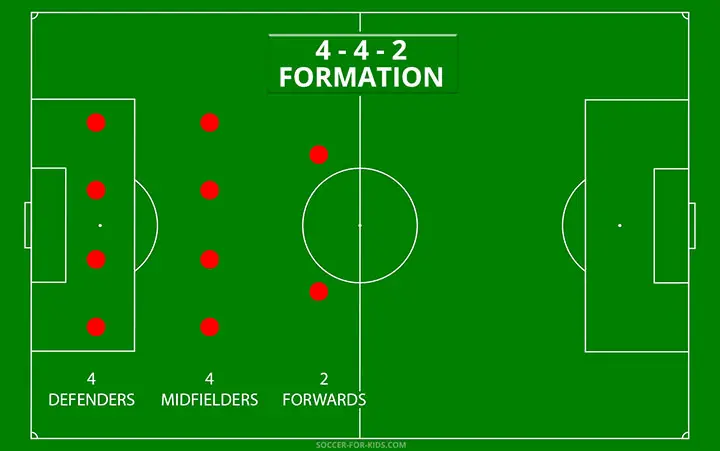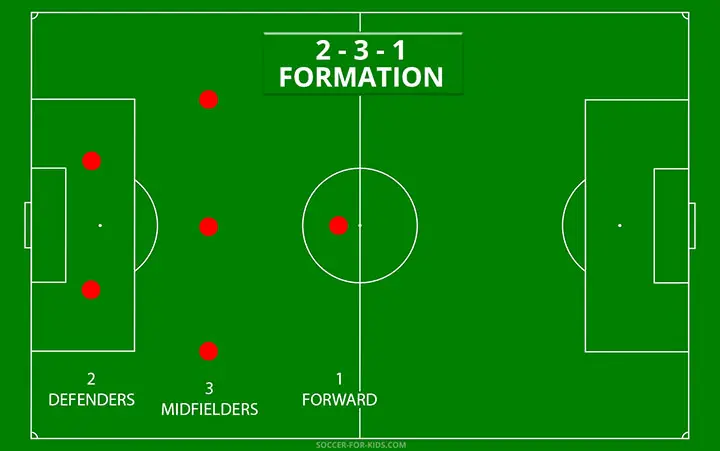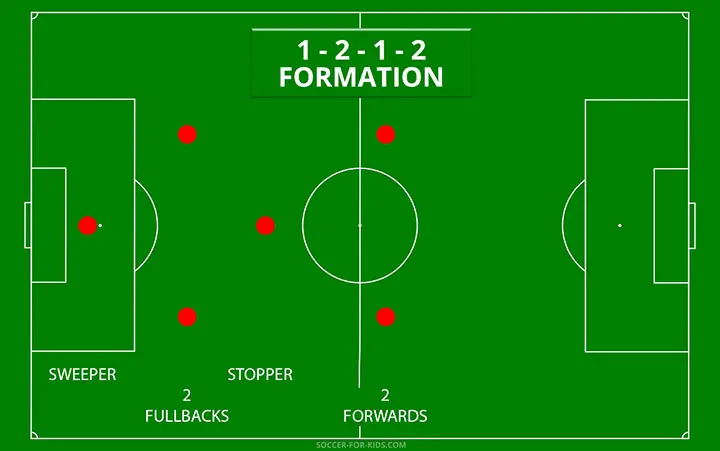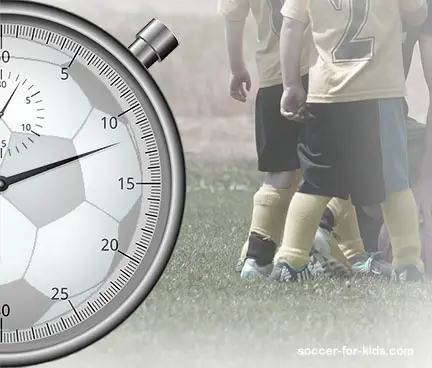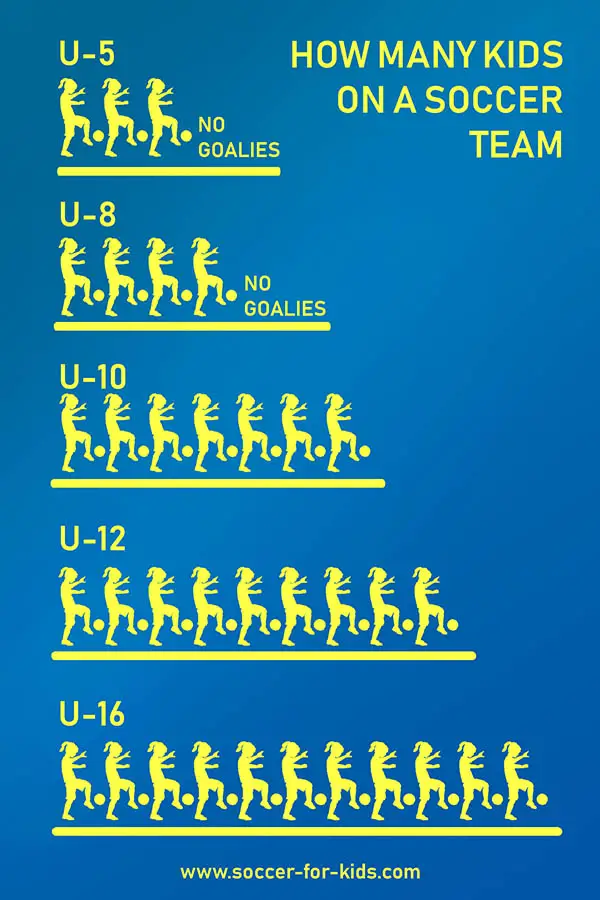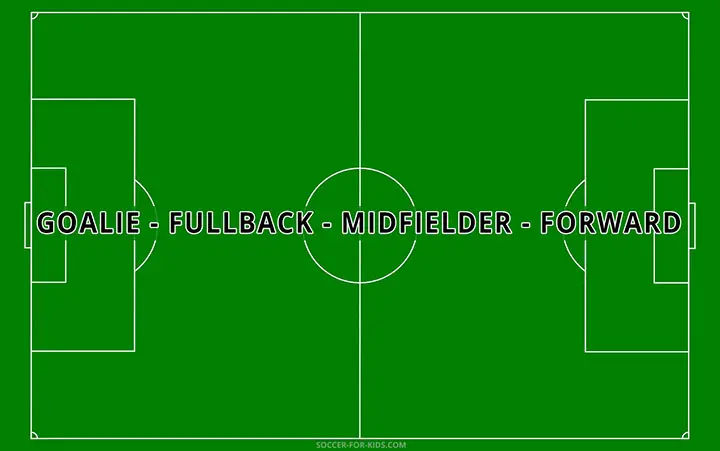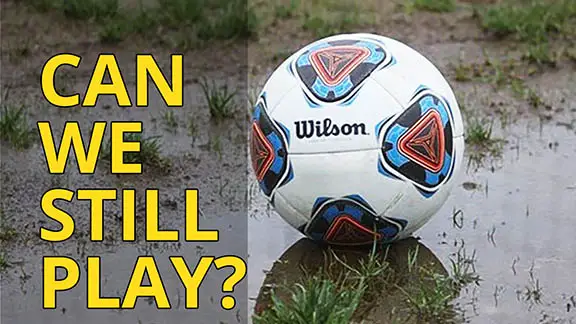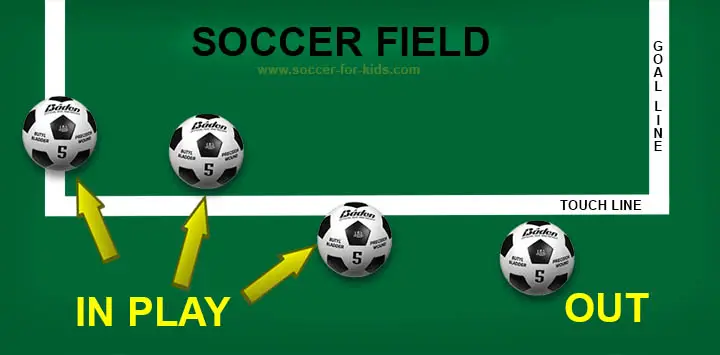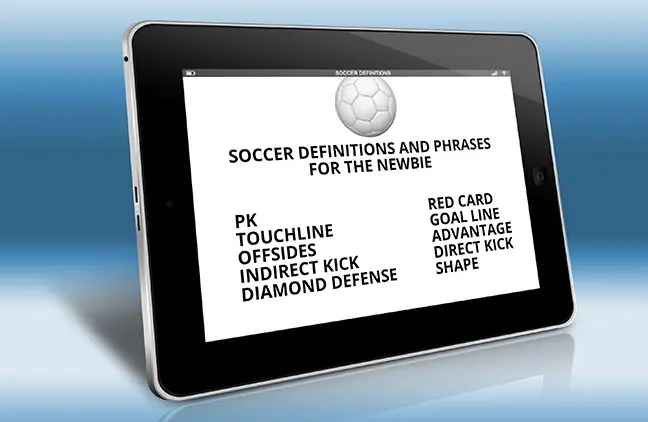What Are The Most Popular Youth Soccer Formations
WRITTEN BY: COACH BRUCE LOVELACE
PUBLISHED ON: NOVEMBER 14, 2023
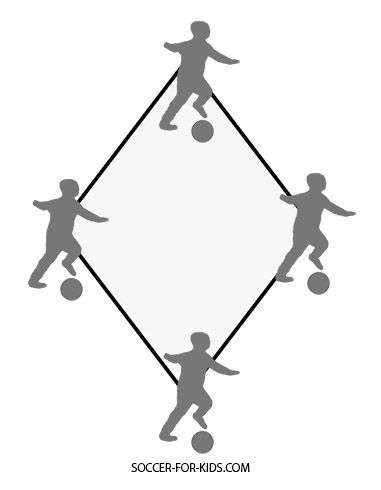 Diamond Soccer Formation
Diamond Soccer FormationThis article looks at the most popular youth soccer formations. Youth soccer has evolved tremendously in this country. I've experienced it first hand. Just as important as the number of kids on the field is the formation that is used during soccer games.
The best formation for your team will depend on the age and skill level of your players, as well as your own tactical preferences. It is always a good idea to experiment with different formations to see what works best for your team.
How you designate the different positions on the soccer field is paramount in developing young soccer players. The "diamond formation" has become the best and most popular formation used in small-sided soccer for three reasons.
- The diamond is an easy shape for kids to understand.
- It naturally creates diagonal passing lanes.
- It's a formation that leads to successful results.
The diamond formation is useful because it automatically sets up diagonal passing lanes and because it clearly defines the most defensive and the most offensive player in the formation. The base of the diamond gives you stability on defense and the two midfield players give your formation width.
As we'll see in this post, the diamond formation can be incorporated into several different age and size groups. These include 4 v 4 (with no goalie), small-sided 5 v 5 and 7 v 7 soccer, and full field11 v 11 soccer.
how are Youth soccer formations described
It can be confusing when you first here about a specific formation that the coach is trying to teach, but it's not that complicated once you have it explained to you properly. Here's the basic explanation of formations used for youth soccer. This includes full sided as well as small sided soccer games.
Not counting the goalie, soccer formations are described with the number of players closest to their own goal first, followed by the number of players at each level moving toward the opponents goal. As an example a formation with 4 defenders, then 4 midfielders, then 2 forwards is described as a 4-4-2 formation.
Here is an example of a 4 - 4 - 2 soccer formation.
For a more in-depth look at the advantages of playing small sided soccer I wrote a complete post here. Below is a table that gives you the most popular youth soccer formations for small-sided soccer games.
table of popular kids soccer formations
*NOTE: 4v4 formations without a goalie are the same as 5v5 with a goalie.
| SIZE | FORMATION | DISADVANTAGES | |
| 3 v 3 | 1-2 | Forms a triangle, the most important geometric shape in soccer | With only 1 designated defender, opponents may score easily. |
| 3 v 3 | 2-1 | Forms a triangle, the most important geometric shape in soccer | With only 1 designated forward it may be difficult to score goals. |
| 4 v 4* | Diamond 1-2-1 |
Understandable, more likely to have success with diagonal passing | Without intentional support from midfielders offence and defense can be undermanned. |
| 4 v 4* | 2 - 2 | Balanced coverage on the field offensively and defensively | No diagonal lanes for passing. Defensively, the center of the field is open for attacks from the opponent. |
| 7 - 7 | 2-3-1 | Strong at controlling the ball between the 18's | Offense is limited with only 1 forward unless outside midfielders press forward. |
| 7 - 7 | 3-2-1 | Very strong defensive formation | Limited offense with only one striker supported by 2 midfield players |
3 V 3 Youth Soccer formation
There are only 2 possible configurations for 3 players on a team, all in a straight line or in the shape of a triangle. Three players in a straight line is a recipe for disfunction. Three players in a line across the field gives you no depth and three players lined up lengthwise gives you no width.
The two best formations for 3 v 3 soccer are either a 2-1 or a 1-2 formation.
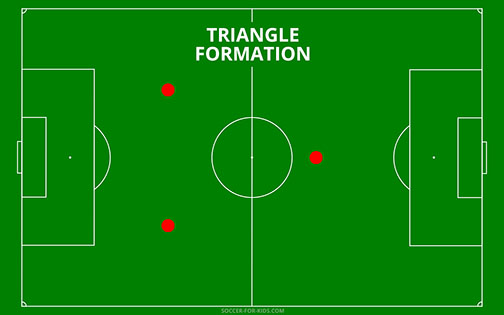 Triangle soccer formation for 3 against 3 field players
Triangle soccer formation for 3 against 3 field playersThis triangle formation is the most popular formation when playing 3 against 3 soccer. The triangle can be set with the single player playing forward or the single player playing back, acting like a lone fullback. This gives you two players pushing forward. In either one of these types of short-sided soccer formations all 3 players have both offensive and defensive duties.
For youth soccer, 3 v 3 soccer means there is no goalkeeper and the most popular triangle formation is with 1 forward and 2 defenders. Coaches that want a more offensive outcome will play with 2 players forward and just 1 defender.
4 v 4 youth Soccer Formation comparison
The very youngest soccer players play matches without a goalie and the 4 v 4 formations are the simplest of all. If there is a goalie then it becomes a 5 v 5 game. With only 4 players per team on the field at once, there are just 2 viable formations in youth soccer. The most popular formation of these two is the diamond formation.
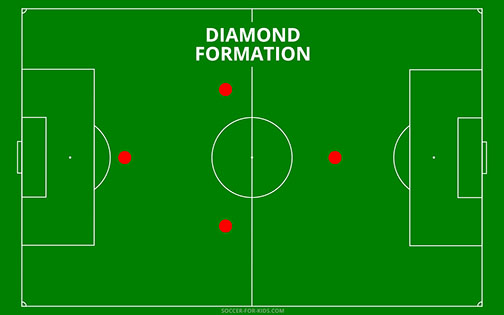 Diamond formation is most popular with 4 v 4 soccer
Diamond formation is most popular with 4 v 4 soccer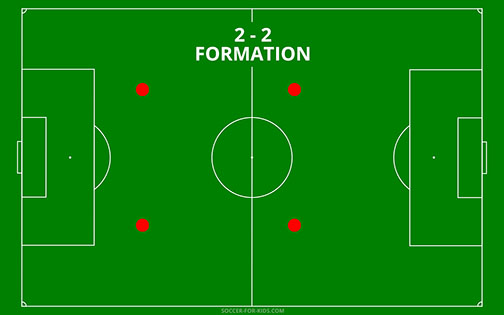 2-2 Youth soccer formation
2-2 Youth soccer formationTHE DIAMOND: It's a recognizable shape. It's the most popular way to teach young players about diagonals and passing into space. Midfielders become wings when in the attacking half of the field and become full backs when defending their own goal.
THE 2-2: For the brand new youngest of soccer players, just beginning to learn about defense and offense. Two players concentrate on defending and two players focus on scoring. Teaching the concept of left and right positions helps the kids learn about the concept of "shape."
Here's an excellent video (it's nice and short) on the diamond formation and maintaining shape:
7 v 7 soccer formations
In 7 v 7 soccer, there are 6 field players per team. That gives you a couple of options for formations.
2-3-1: The most popular formation for youth soccer when there are 7 players for each side (including the goalie) is the 2-3-1. You always have 2 main defenders in position to stop the attack of the opposition. You control the midfield with 3 players and the outside midfielders push forward to act like wings when you're on the offensive end of the field.
1-2-1-2: Another popular formation for youth soccer with 6 field players (7 v 7) is a diamond defense plus 2 forwards as shown below. The most defensive player is called the sweeper. The stopper contributes both defensively and offensively. This combines the benefits of defending with a capable formation and having two players forward to generate offense.
11 v 11 formation
Once the kids hit the age of 12 they play 11 versus 11. That leaves you 10 field players and 1 goalie. There are many different possibilities for formations. The most popular formation for 11 v 11 soccer is a 4-4-2. That gives you 4 defenders, four midfielders, and 2 forwards.
When in the attacking half of the field some teams may have the 4 defenders play in a diamond formation, or switch to a 2-4-4 with 2 defenders, 4 midfielders, and four attackers. Others will have the back full in a diamond shape throughout the match, with the sweeper being a player with superior speed to defend.
closing remarks on youth soccer formations
It's most important for kids to get a basic understanding of formations, but not to get too obsessed with them. The shape of the team depends on the situation on the field. The game of soccer is full of constantly changing situations that require the young plyers to make decisions on their position on the field.
Teaching the concept of forming triangles to the players during the match will benefit the team in any formation you choose.


Soccer coach Bruce Lovelace started playing soccer in 1974 when, as a young boy, he constructed his own makeshift soccer goal. He played in high school, then in college and beyond. He started to coach his own children in the 1990s and then ran a Soccer Shots franchise for 12 years. Now, Coach Bruce publishes the soccer-for-kids.com website. Find out more about youth soccer coach Bruce Lovelace and what inspires this website.
Soccer-for-kids.com is a participant in the Amazon Services LLC Associates Program, an affiliate advertising program designed to provide a means for sites to earn advertising fees by advertising and linking to Amazon.com
